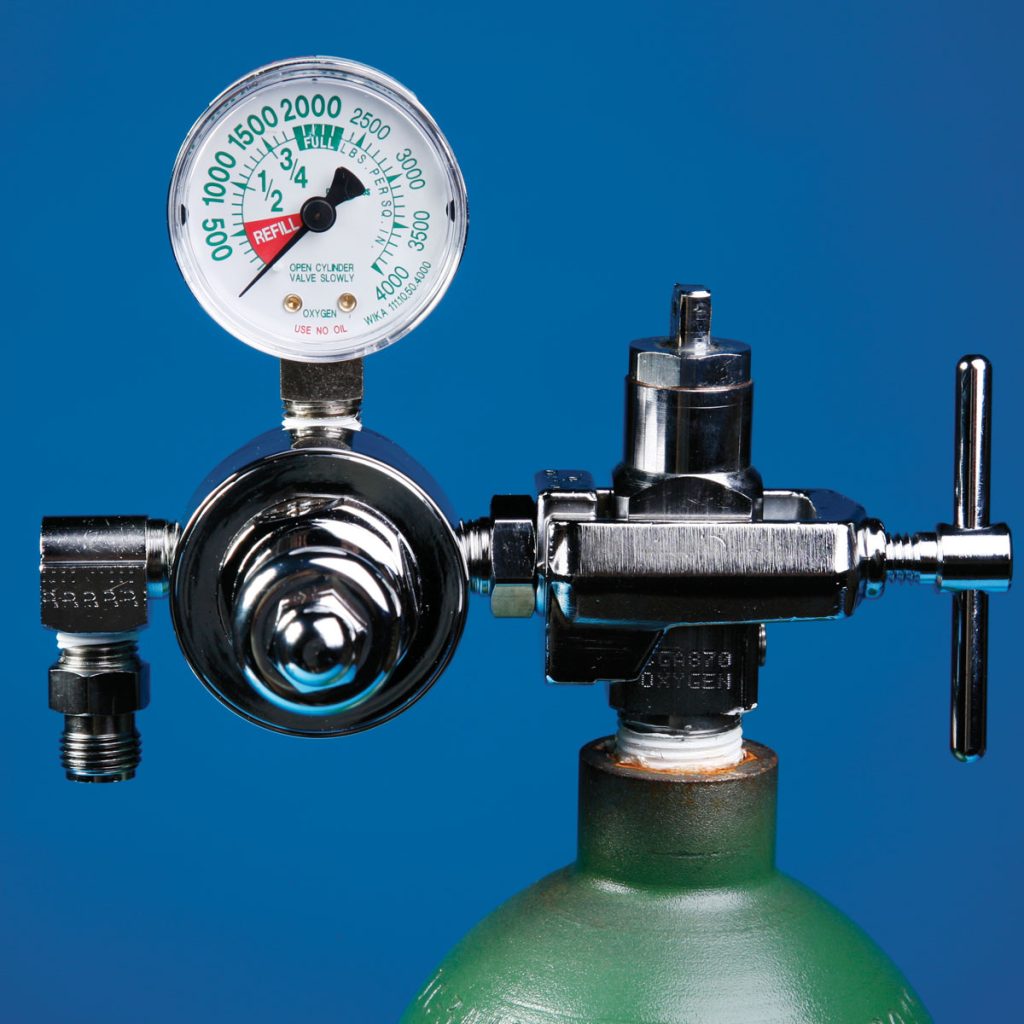Revolutionizing pressure control with oxygen tank regulators represents a pivotal advancement in medical and industrial safety. These regulators play a critical role in maintaining precise pressure levels within oxygen tanks, ensuring optimal functionality and safety in various settings. In medical environments, such as hospitals and clinics, oxygen tank regulators are indispensable devices. They are responsible for delivering the right amount of oxygen to patients with respiratory conditions, ensuring they receive the necessary support for breathing. Traditional regulators have served this purpose well, but advancements in technology are now pushing the boundaries of what these devices can achieve. One of the key innovations in pressure control is the integration of smart sensors and microprocessors into oxygen tank regulators. These advanced regulators can continuously monitor and adjust pressure levels with unparalleled accuracy. By leveraging data analytics and real-time feedback mechanisms, these regulators optimize oxygen delivery, reducing waste and improving patient outcomes.

Moreover, modern regulators are designed with robust safety features. They incorporate fail-safe mechanisms to prevent over-pressurization or sudden drops in pressure, mitigating the risk of accidents and equipment damage. Additionally, these regulators can communicate with central monitoring systems, providing healthcare professionals with valuable insights into oxygen usage trends and tank status. Beyond healthcare, oxygen tank regulators are instrumental in industrial applications where precise pressure control is essential. Industries such as manufacturing, aerospace, and diving rely on oxygen for various processes and operations. The advent of advanced regulators has enhanced safety protocols in these sectors by ensuring stable and reliable oxygen supply. One of the challenges addressed by next-generation regulators is portability. Portable oxygen tank regulators are now equipped with lightweight yet durable materials, making them ideal for use in emergency response situations or remote locations. These regulators enable medical teams to provide immediate care to patients outside traditional healthcare facilities, saving lives in critical moments.
Furthermore, the integration of automation technologies has streamlined the operation of oxygen tank regulators. Automated regulators can self-diagnose issues, perform calibration checks, and even adjust settings based on preset parameters. This level of automation not only improves efficiency but also reduces the need for manual intervention, freeing up healthcare professionals to focus on patient care. The future of pressure control with oxygen tank regulators holds even more promise. Researchers and engineers are exploring innovative materials and designs to further enhance performance and durability. Nanotechnology, for instance, go to the website could revolutionize regulator components, making them more efficient and resilient in harsh environments. The evolution of pressure control with oxygen tank regulators represents a paradigm shift in healthcare and industrial safety. These regulators, with their advanced features and capabilities, are paving the way for enhanced patient care, improved efficiency, and greater reliability across various sectors. As technology continues to advance, the potential for innovation in pressure control will undoubtedly lead to even more groundbreaking developments in the years to come.
